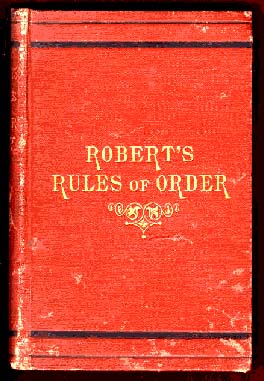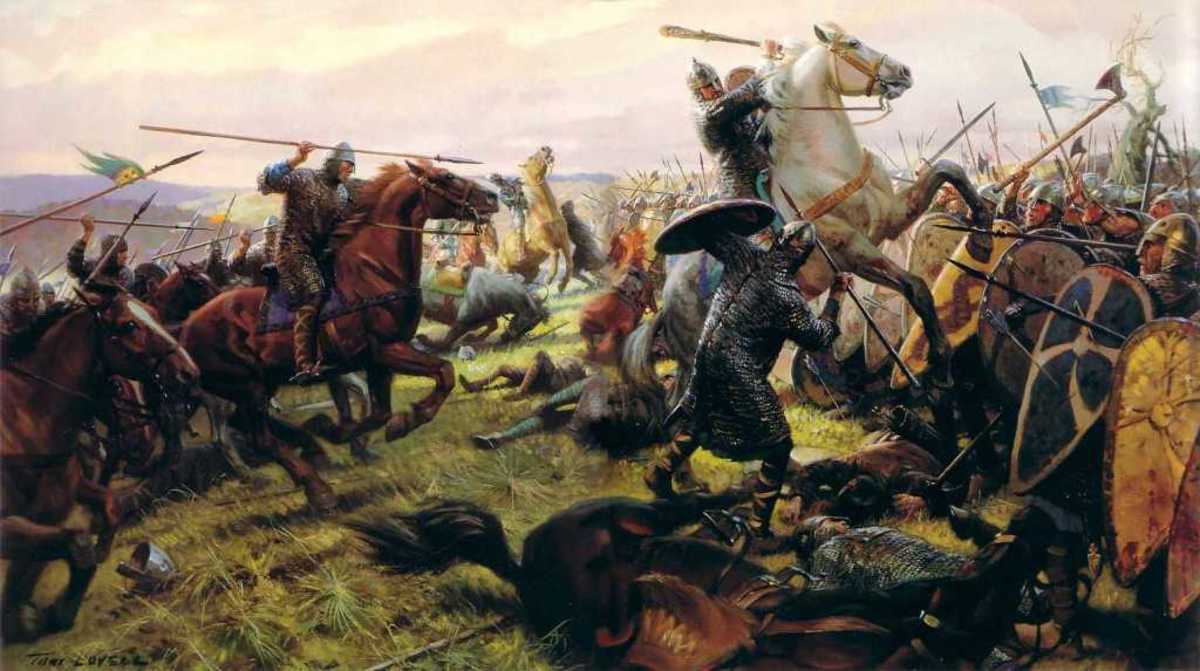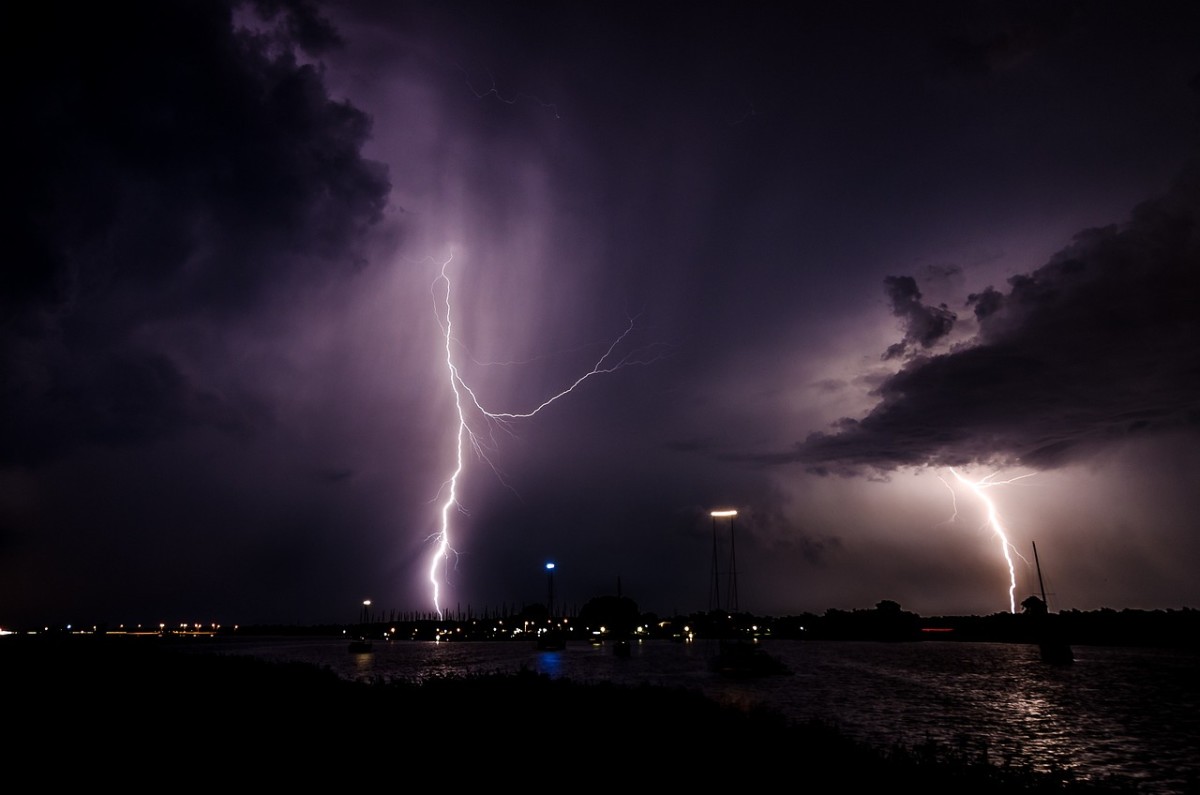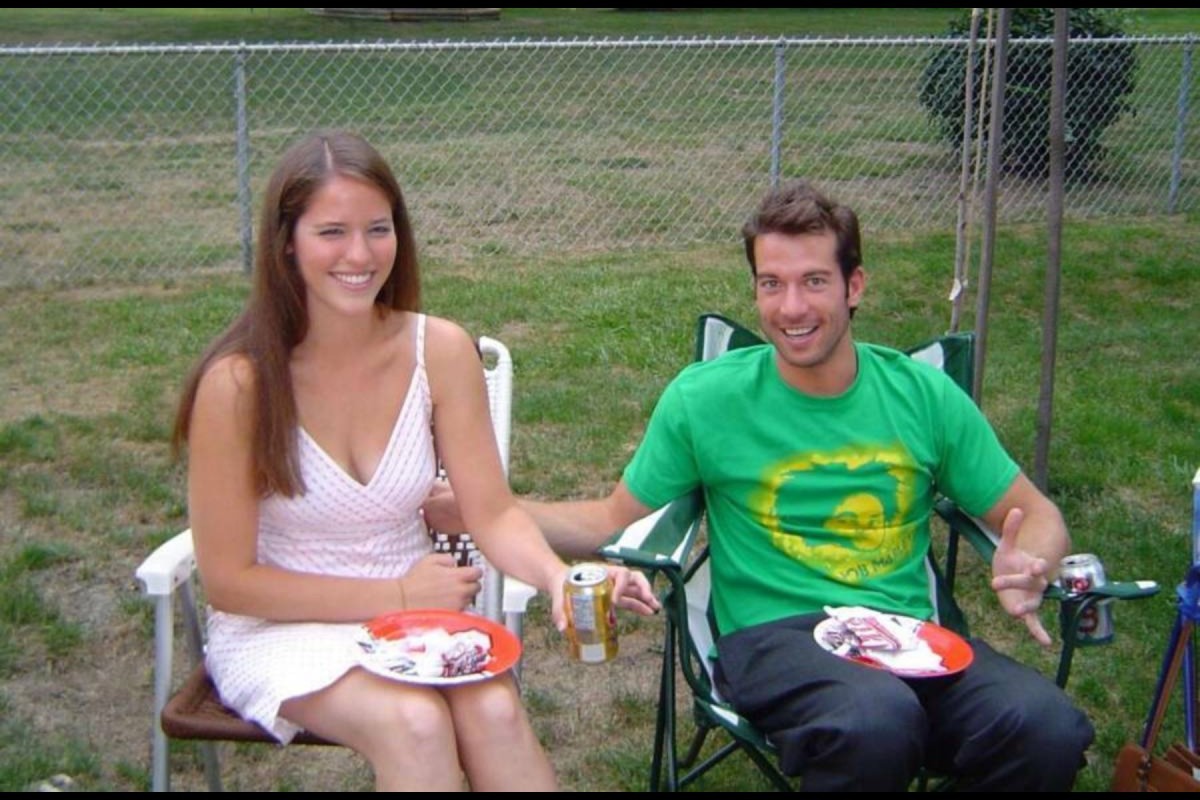Roberts Rules of Order
The Book That Makes Things Work

If You Don't Like Chaos, Follow Robert's Rules of Order
Cavemen had a distinct advantage over us moderns. Because they had no rules, when they got together for a "chat" they would simply club the poor guy who got out of line. If your club swinging skills aren't up to par, you should consider another way of running a meeting.
We have all heard or experienced Robert's Rules of Order in action. If you haven't, you've not attended many meetings. When you hear "motion" "second the motion," "point of order," "point of information" and all that sort of stuff, you are hearing the living manifestation of Robert's Rules. A meeting without rules or guidelines is a meeting that depends for its success the loudness or bullying skills of a few participants.
A Brief History of Robert's Rules of Order
Ever since man discovered the benefits of gathering for a meeting, it became apparent that there had to be some kind of order. It may have been a tribal chief who brought things together with a wave of his hand. When governments formed there had to be some rules of procedure, otherwise nothing could have been achieved. But it took an American army officer in the nineteenth century to realize that there needed to be not only rules, but a codification of rules to ensure that groups could accomplish something.
In 1876 Colonel Henry Martyn Robert, later to become a Brigadier General, published the first of his set of rules entitled Pocket Manual of Rules of Order for Deliberative Assemblies. He patterned the rules very loosely on the procedures then used by the US House of Representatives. Robert realized that there needed to be a set of rules for any assembly of people trying to get something done, not just a house of congress.
Although he was a career army officer, his rules had nothing to do with the army. Military meetings have easy rules because there is a commander and a chain of command, and participatory democracy is neither contemplated nor desirable in a military setting.
What precipitated Robert's desire for a useful set of published rules was a church meeting that he had been asked to lead. This was in 1963, 13 years before he published his first book of rules. In the meeting Robert felt that he was not up to the task of leading the meeting because of its lack of structure. After that church meeting Robert became involved in many different organizations, and he discovered that people from different parts of the country had widely different ideas on how to conduct business. He became convinced that there should be a uniform book of rules for everyday organizations not just legislatures.
His rules are not statutes and do not have the power or authority of law. They are voluntary and can be adopted as any organization sees fit. But the essential component of his idea and his book was that there must be a uniform set of rules that enable the smallest organization to conduct its affairs. Whether it's a Rotary Club, a local garden club or a historical society, Robert's Rules provides a key for getting the organization's work accomplished.
The latest edition of Robert's Rules of Order
According to the book itself, it is a "codification of the present-day general parliamentary law (omitting provisions having no application outside legislative bodies)."Robert's Rules of Order Newly Revised, Perseus Books Group, Cambridge MA, 2000. In other words, it's a book for all of us who are involved in any group that wants to run efficiently.
It's amazing that so many organizations, in their by-laws, do not have a provision that states to the effect that: "All meetings of this organization shall be conducted under the rules as set forth in Robert's Rules of Order, latest edition. It's also good idea to have a parliamentarian, whose job it is to know Robert's Rules and be ready to give an opinion based on the rules. If, during a meeting, a person says "point of order," the parliamentarian should be there to tell the group that a point of order takes precedence and must be considered immediately.
Robert's Rules of Order is the track on which a well run organization gets its work done. Eliminate that and the outcome of a meeting will depend on who has the loudest voice - or the biggest club.
Copyright © 2013 by Russell F. Moran






